Wild West Words: Goat, Squall & Tippet
The Curious Origins of the Western American Vocabulary
Goat
There are about 300 species of wild and domestic goat in the world. The only species indigenous to North America is the mountain goat. Its native range includes parts of the states of Alaska, Washington, Idaho, and Montana. Archaeological evidence and cultural lore are rich in information about the ways in which North American natives hunted the mountain goat in its craggy, vertiginous environment.
Domestic goats were imported from the Old World to the Americas in the 1600s. Along with the creature came its English name and the myriad of metaphors accompanying it.
Goat is a word of great antiquity. It appeared in an English document dated 1200, and etymologists source it beyond that to the ancient Indo-European language spoken in inland Eastern Europe some 9,000 years ago.
In more recent centuries, it’s the goat’s playfulness, agility, and perceived lasciviousness that’s been linguistically commemorated in English. For example, calling a man an “old goat” implies he’s a lecher who amorously pursues females like a rutting billy. In an 1857 novel, Texas humorist Samuel A. Hammit had a character say, “I see the old goat a huggin’ and a kissin’ her… when he thought no one wasn’t a lookin’ at him.”
On the other hand, the young goat, “the kid,” provides an affectionate name for the youthful among us who caper and chase about.
Female goats have been called nannies since at least the mid-1700s. This term, applied to human nursemaids as well, is the British pet form of the names Agnes and Anne. Male goats get their designation from the tough, street-wise name Billy, the pet form of William.
The Latin word for goat is caper, the source of the English word meaning “playful goat-like skip or leap.” This caper, incidentally, is unrelated to the green salty condiment. But the adjective capricious is a relative, and it means “whimsically changeable, impulsive”—like the capers of a goat.
The term cab, or cabriolet comes from the Latin capriolus, meaning “little goat.” Public cabs in 18th and 19th century London were small horse-drawn carriages with springy suspension that made them leap like goats on rough streets.
Capricorn, the name of the zodiac sign, literally means “goat horn.” The Isle of Capri off the western coast of the Italian peninsula was likely named for the native goats that live on and among the island’s rocky promontories.
Squall
Caught mid-hike in a sudden, howling Montana spring storm, I found myself huddling against the wind and wondering about the meteorological word squall.
As the snowflakes swirled past, I was reminded of the other squall that refers to a loud discordant cry. How exactly, I pondered, is the vocal squall related to the storm squall?
Fortunately, the latter is a short-lived phenomenon. The one that had caught me quickly passed on. I headed home and went straight to the Oxford English Dictionary, which reports that the vocal sense of squall came first.
It originated as an onomatopoeia in the Scandinavian languages, and is related to the similar-sounding squeal. Squall appears in a 1630 English document that describes the cry of a bird: “The Raven croakes, the carrion crow doth squall, the pye doth chatter, and the partridge call.”
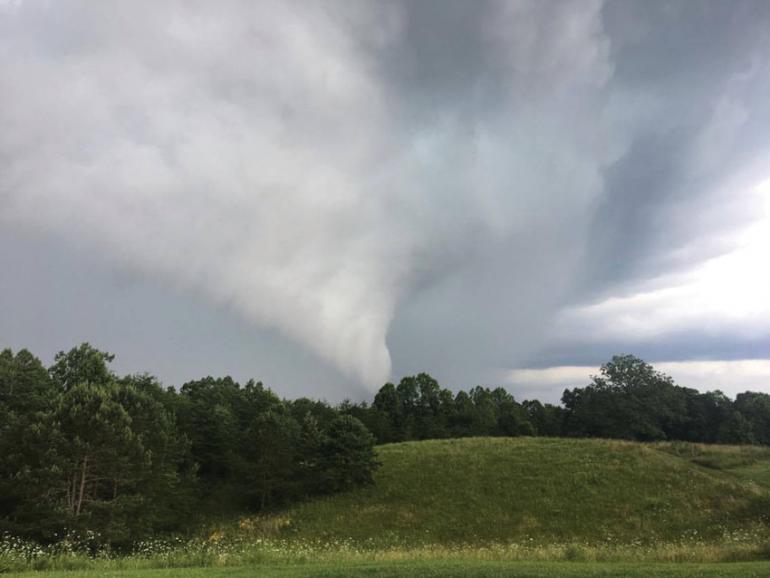
The word went on to imitate the sound of cats, geese, parrots, children, and inept singers.
Meanwhile, the meteorological squall was brewing. In 1719, Daniel Defoe, author of Robinson Crusoe, was one of the first to print the word with the sense of a sudden, violent storm.
The uniting element of the two meanings, of course, is the sound. The howling wind of a storm can indeed resemble the discordant cry of a squall.
Tippet
The word tippet has a long history in the English language. It appears in an 800-year-old document, and is in use to this day.
At the word’s first citation in the year 1300, a tippet was a decorative garment, a long, scarf-like streamer worn around the shoulders and hanging to the knees or the ground. It evolved into increasingly complex forms, such as fur or feather-tipped capes.
Clergymen in their formal vestments wear narrow silk tippets around the neck to signify rank or religious holidays. This sense has been in use since the mid-1500s.
Then, in the early 1800s, the word appeared in a different sense altogether. In his work The Etymological Dictionary of the Scottish Language, minister and lexicographer John Jamieson defined a tippet as “one length of hair or gut in a fishing line.”
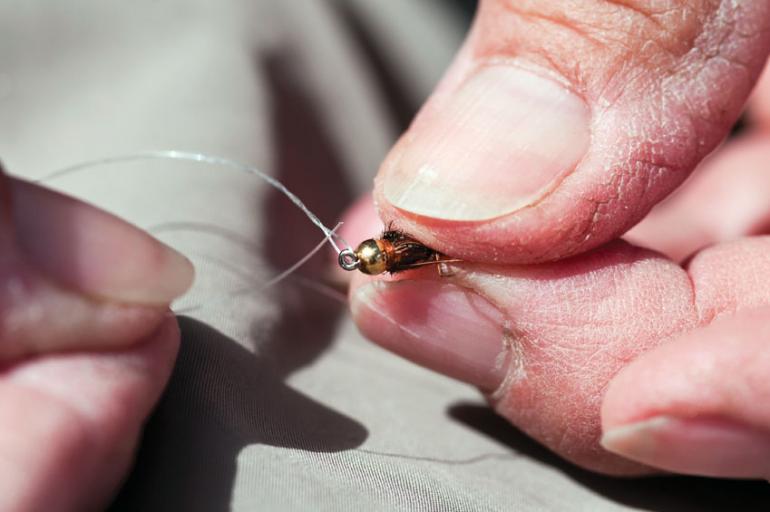
Sometime in the 17th or 18th century, the word migrated from its sartorial sense to the angling world, with its first formal definition in Jamieson’s 1808 dictionary.
The Old English word tip, meaning “point or slender extremity” appears to unite these two senses of tippet. The costume tippet was early on bedecked with points of fur or feather, while the fisher’s tippet is a length of slender monofilament attached to the “tip” of the line, which, in turn, is attached to the fly.



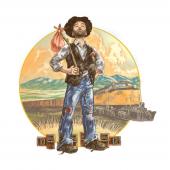





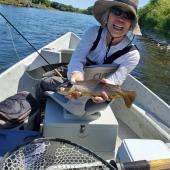

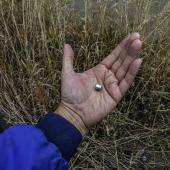
Leave a Comment Here